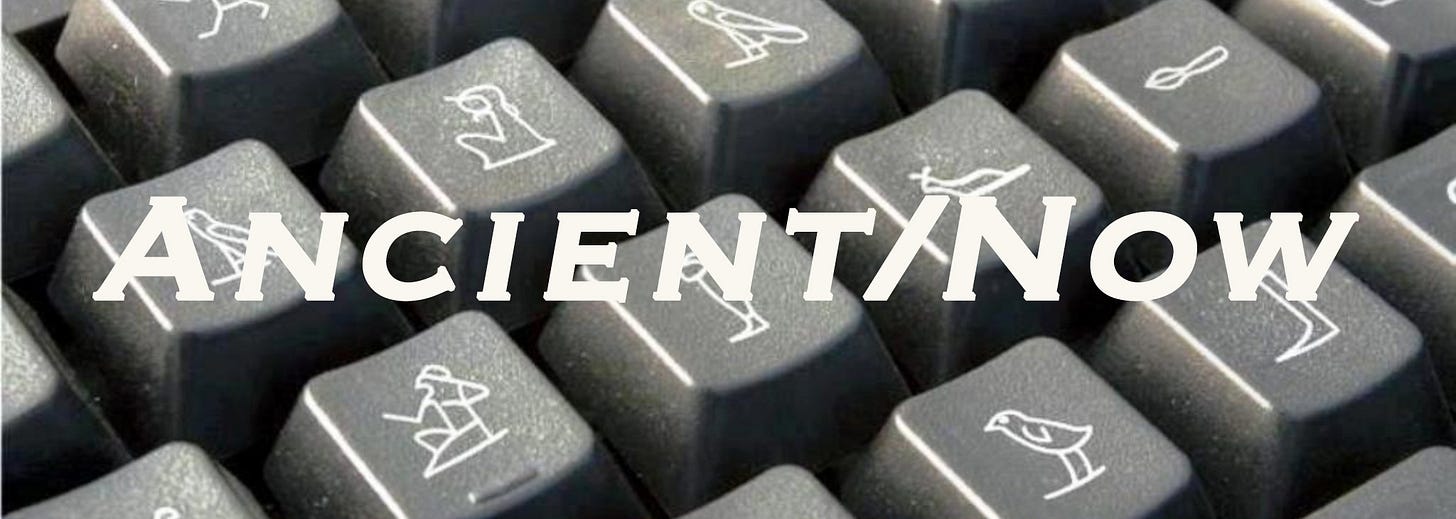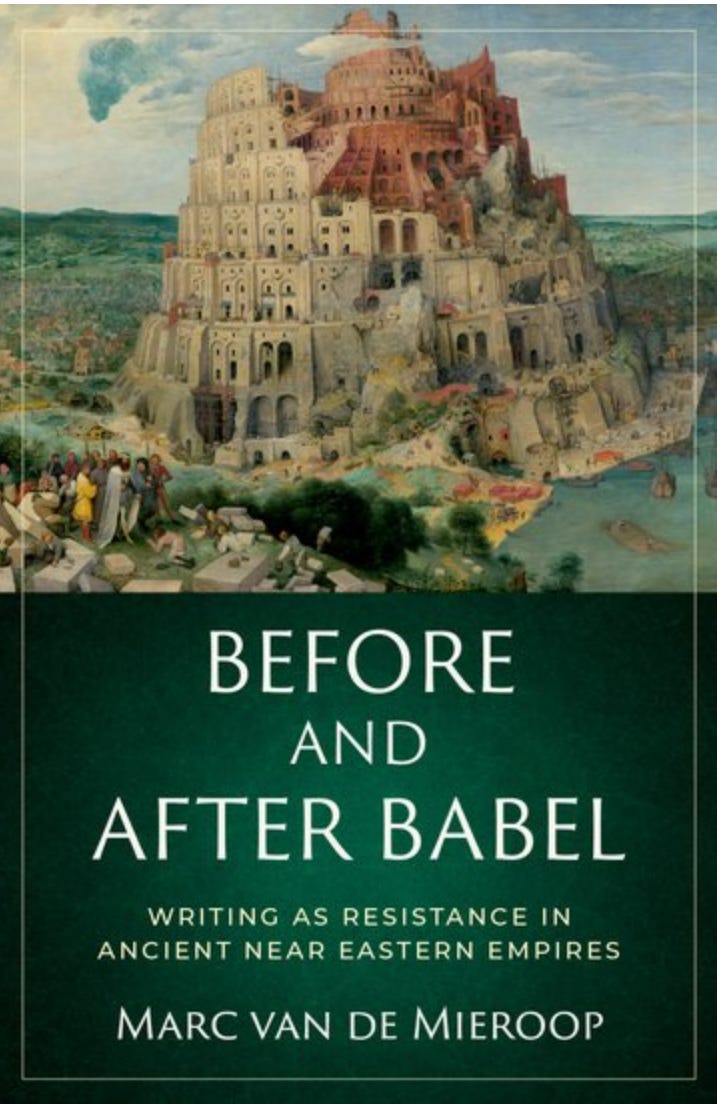Ancient/Now - March 11th
A hidden hallway in the Great Pyramid, Noah's nameless wife, Bronze Age cranial surgery, and more
Hidden corridor discovered in the Great Pyramid
Muonology, anyone?? Well, last Thursday the Scan Pyramids project, which has been using non-invasive imaging technology to explore the Great Pyramid at Giza, published an article in Nature announcing it had discovered a “corridor-shaped structure” using cosmic ray muons. These tiny muon particles pass through everything, all the time, and only by setting up scanners for years at-a-go can we know where there are voids and more solid matter. Thus this newly found corridor, the purpose of which is still unknown. One suggestion is that the corridor helped to relieve the weight and pressure of the stone above the king’s burial chamber and prevent collapse. Egyptologist Zahi Hawass has suggested the corridor could lead to an important new discovery, such as the hidden burial chamber of Khufu. Whatever is ultimately revealed by this corridor, what is certain is that our fascination with Khufu’s Great Pyramid will endure. As Kara wrote in The Good Kings, the great pyramid is a weapon of the mind, still working upon us all too effectively…
So you want to be an archaeologist?
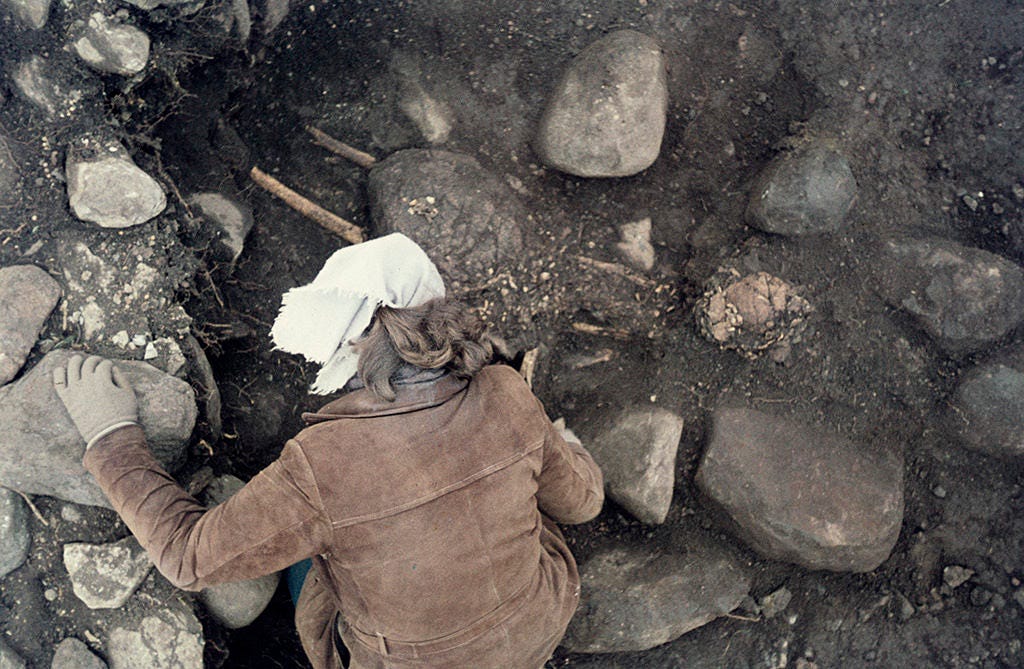
Most people understand that archaeologists study the physical remains of past peoples and cultures, but exactly how does that translate into a job? What do archaeologists do? In a recent essay for Sapiens, archaeologists Peter Nelson and Sara Gonzalez break down the archaeological profession and give readers a behind-the-scenes look at the job. They discuss what types of archaeologists there are, how archaeologists work with cultural heritage, how one manages to get into archaeology, what and how long you study, and what can be done with a degree in archaeology. If you’ve ever wanted to know more about the practical side of being an archaeologist, this essay is a great introduction! Just be warned: we are not in it for the money…
And many archaeologists enter alt-ac careers as well— Check out our episode discussing the topic with Amber.
Noah’s wife—another woman’s name lost to history
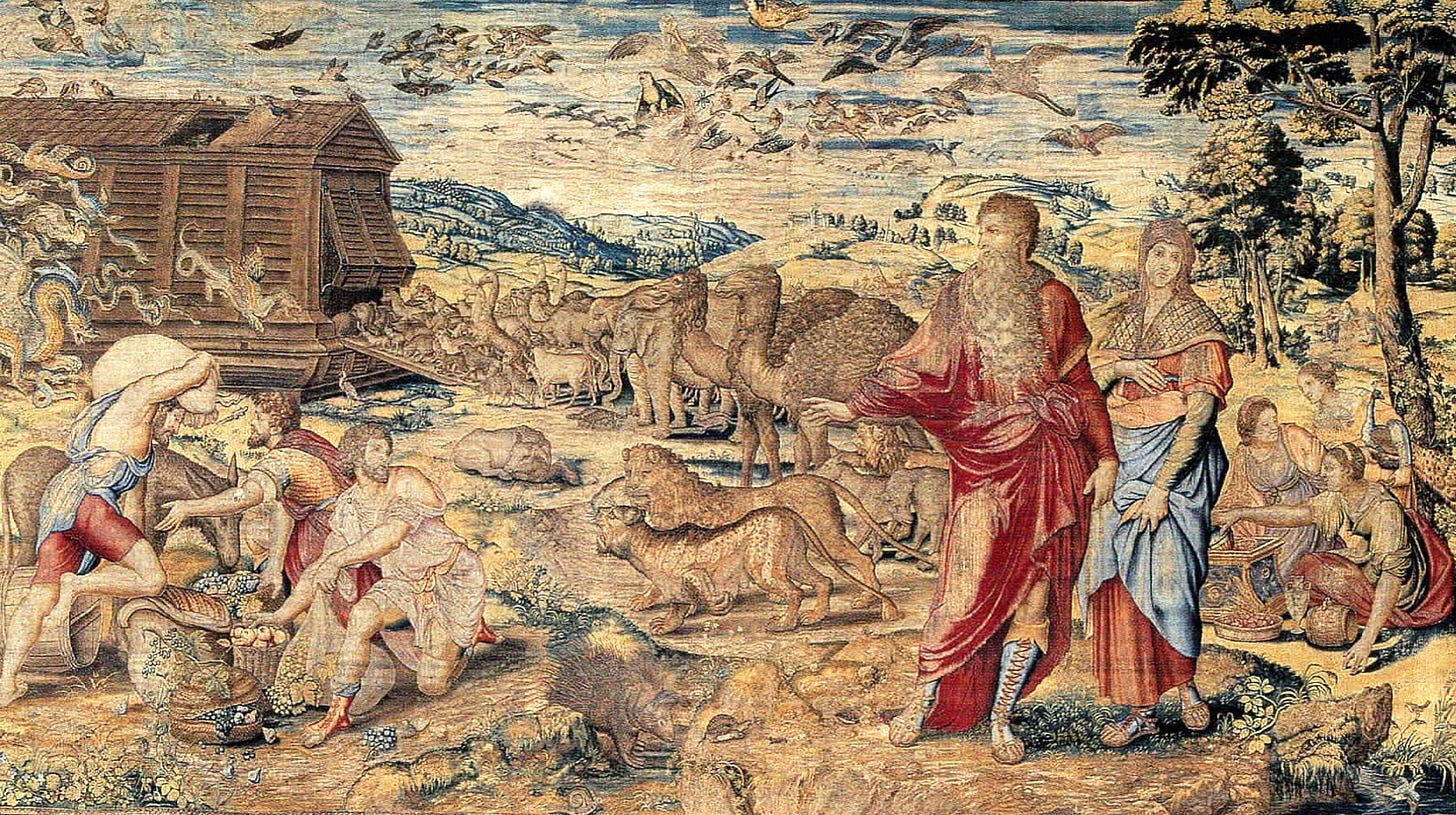
While the names of many Biblical women are known to us, the name of the woman who—according to the Biblical story of Noah—became the mother of all humanity after a wrathful deity flooded the earth and destroyed all creatures except Noah, his family, and two of each kind of animal is unknown. Right? It turns out that there are non-Biblical sources that give a name to Noah’s wife, but this identity may have been removed from the mainstream of Biblical tradition due to the fact that these sources were not widely accepted—and maybe because patriarchy commoditizes women and sees them as mere extensions of their master husbands. This article for Biblical Archaeology discusses some of those more problematic sources and why this Biblical matriarch’s name was lost to time. Patriarchal bias and power systems have erased countless women’s names and contributions over the last five thousand some years. Most names we will never know, but at least we can try to flip the story.
Cranial surgery in the Bronze Age
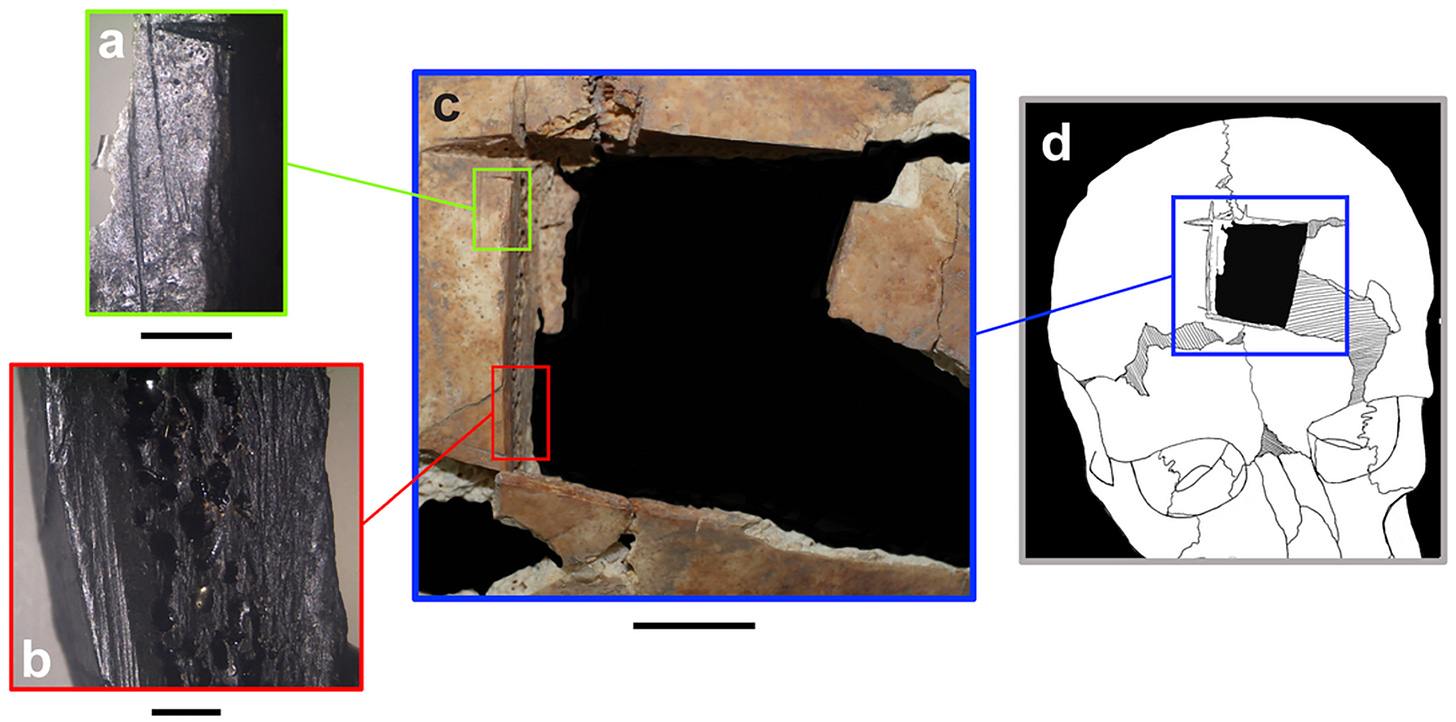
Ancient people knew that cranial inflammation could be relieved by a simple hole in the head. The problem was making that hole without killing the person. Recent excavations in northern Israel at the Bronze Age site of Meggido, an ancient Canaanite city-state, have uncovered evidence of cranial surgery in the form of an adult male skull with signs of very exact, straight-edge trephination. Trephination involves cutting drilling a hole into the skull in order to relive intercranial pressure on the brain from bleeding. This Megiddo version looks to have been the result of sawing or cutting. Archaeologists found some of the pieces of bone that had been taken out of the skull, “suggesting that the man died shortly after the medical procedure.” It can’t have been a painless way to die. We humans do like to put in a good effort at saving the life, even if it inflicts horrific torture.
The man wasn’t in good health to begin with, it seems. The rest of the adult male’s bones showed signs of lesions, perhaps from an infectious disease. DNA analysis revealed that the man was buried next to his younger brother, whose bones also had lesions. Did these brothers share a genetic condition that led to their deaths? Or were they victims of an infectious disease? The medical details of their demise are not readily apparent, but the fact that they were buried with valuables, including Cypriot pottery—and that one of them had access to skilled medical care able to perform delicate cranial perforation—tells us that these men were members of the elite, if not of a dynastic ruling family.
To read: Before and After Babel (Marc Van De Mieroop)
This latest book by Columbia University History Professor, Marc Van De Mieroop, is at the top of our towering stack of books to read. Before and After Babel (2022, Oxford University Press) looks at the languages and scripts of the ancient Near East and Greece, treating them as an “integrated system” of interacting cultures that used deliberately chosen scripts and languages. Van De Mieroop argues that the kind of linguistic confusion described in the Biblical story of the Tower of Babel in the book of Genesis took place in the ancient Near East in writing, not speech.
The topic of resistance is ‘hot’ in academia right now and it’s interesting to think of soft versions of resistance in which people deliberately wrote in certain scripts, purposefully obfuscating, leaning into miscommunications. But perhaps resistance is the wrong word, because in our opinion, writing was the key to hoarding and maintaining power among a select few, keeping track of who owed taxes, listing families who could do draft labor, and limiting rituals and religious knowledge to a priestly elite. Writing could be used to resist, but its first job was to restrict power to a new agricultural elite. Writing is the right-hand tool of patriarchal power. Resistance only comes when there is something to push against.






